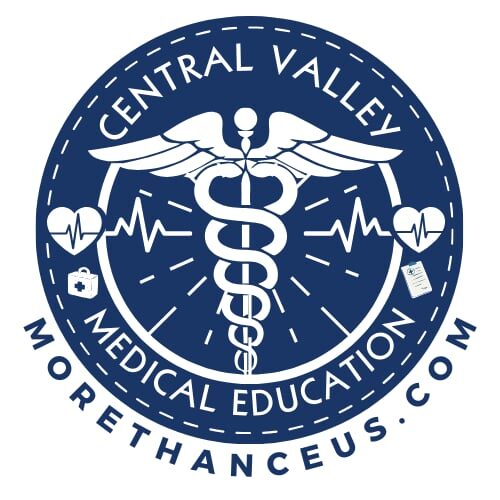Safe Handling, Use, and Disposal of Sharps
Sharps safety begins the moment a sharp is picked up and does not end until it is safely and permanently discarded. Each step of the handling process — from removal from packaging to final disposal — poses a potential injury risk. Adopting a consistent, safety-minded technique for handling sharps is essential for protecting staff and patients alike.
🩺 Safe Handling Techniques
- Always handle sharps with deliberate, focused movement — never rush.
- Maintain visual control of the sharp during use. Avoid distractions or multitasking when performing procedures.
- When handing sharps to another person (e.g., in surgery or wound care), use a neutral zone or “no-hands” passing technique.
- Never leave a used or unused sharp unattended in a patient bed, tray, or counter — injuries often occur during cleanup by others.
🚫 Unsafe Practices to Avoid
- Recapping needles (unless using a one-handed scoop method in rare, permitted cases).
- Placing sharps in pockets, on bedrails, or in open containers.
- Carrying sharps from one room to another without a transport-safe system.
- Handing sharps directly to another staff member without warning or neutral-zone use.
🧪 Proper Use of Sharps During Procedures
- Use the least hazardous device available — such as blunt-tip suture needles or retractable lancets.
- Stabilize the patient whenever possible before beginning injections, line starts, or blood draws.
- Be prepared for unexpected movement, especially with pediatric, agitated, or confused patients.
- If a sharp is dropped, do not attempt to catch it — let it fall, then pick it up with a tool or glove-protected hand.
🗑️ Safe Disposal Guidelines
- Immediately discard sharps after use — never set them down “for just a second.”
- Use one-handed technique when depositing into sharps containers.
- Sharps containers must be:
- Within arm’s reach
- Securely mounted at eye level
- Not overfilled (no more than ¾ capacity)
- Replace containers that are full, cracked, leaking, or contaminated on the outside.
- Ensure that sharps containers are disposed of per your facility’s regulated medical waste policy — usually by incineration or via a licensed biohazard service.
🧠 Key Takeaways:
- Safe handling of sharps is a clinical habit, not a one-time training.
- Always maintain awareness, control, and access to disposal.
- Preventing sharps injuries is everyone’s responsibility, from start to finish of a procedure.
